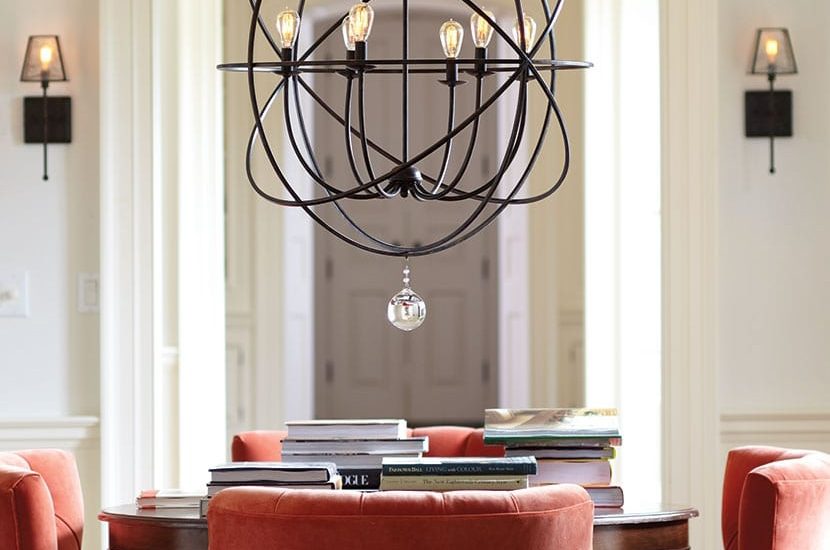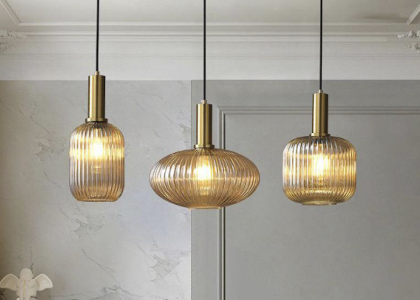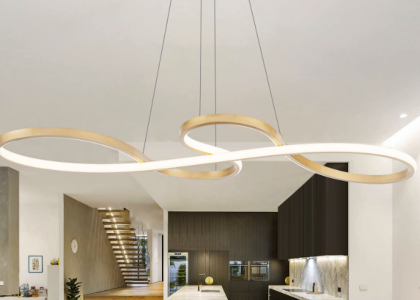Introduction: Why Lighting Matters in the Kitchen
The kitchen is the heart of the home, and as such, it should be a functional and inviting space. Proper lighting is essential to achieving this, as it can enhance the design of the room while also improving safety and functionality. In this article, we will outline some key tips and tricks for achieving perfect lighting in your kitchen.
H3: Understanding the Different Types of Lighting
There are three main types of lighting that should be considered when designing a kitchen: ambient lighting, task lighting and accent lighting.
Ambient lighting is the general lighting that illuminates the entire room. It should be bright enough to provide a comfortable level of illumination but not so bright that it creates glare.
Task lighting is focused lighting that is directed to a specific area where tasks are performed, such as over the sink or stove. Proper task lighting can prevent eye strain and accidents while preparing food or doing dishes.
Accent lighting is used to highlight specific design elements in the kitchen, such as artwork or architectural features. It adds depth and texture to the space while also creating a warm and inviting atmosphere.
H3: Choosing the Right Fixtures and Bulbs
The fixtures and bulbs you choose can have a significant impact on the overall effectiveness and efficiency of your kitchen lighting. Here are some tips to keep in mind:
Fixtures: Consider the overall design of your kitchen and choose fixtures that complement the style. Pendant lights, for example, can create a modern and sleek look, while chandeliers can add a touch of elegance and sophistication.
Bulbs: Choose bulbs that provide the appropriate amount of light for each type of lighting. For ambient lighting, choose bulbs with a soft white or warm yellow hue to create a welcoming and cozy atmosphere. For task lighting, opt for bulbs that are brighter, with a cooler white tone to improve visibility.
H3: Placement and Layout
The placement and layout of your kitchen lighting is essential to achieving optimal functionality and aesthetics. Here are some tips:
Ambient lighting: Place fixtures in the center of the room or on the ceiling to provide even illumination throughout the kitchen.
Task lighting: Install task lighting above work areas, such as the stove, countertop or sink, to provide targeted illumination where you need it most.
Accent lighting: Place accent lighting under cabinets, above open shelving or near art or architectural features to highlight and draw attention to these areas.




